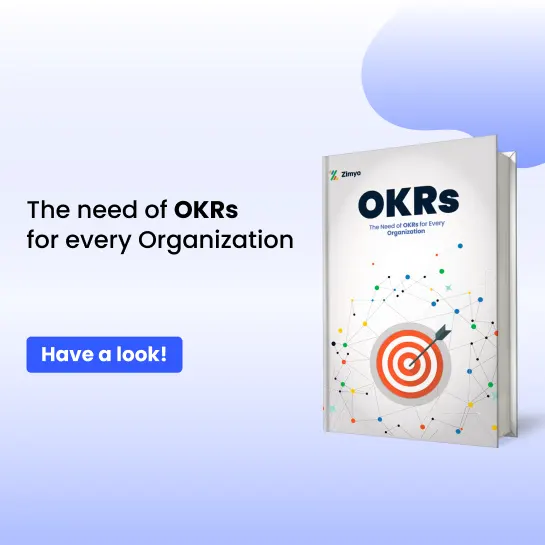A Data Analyst gathers, processes, and interprets complex data to help organizations make informed decisions. The role involves querying data sources, using statistical tools, creating visual reports, and communicating insights to stakeholders. Proficiency in SQL, Excel, BI tools (like Power BI or Tableau), and data storytelling is key.
These interview questions assess not just technical skills in data tools and analytics, but also business acumen, critical thinking, and the ability to convert raw data into actionable insights. It helps evaluate the candidate’s comfort with real-world data problems and stakeholder communication.
Interview Questions with Tips on How to Answer
1. Can you walk us through your experience as a data analyst?
How to Answer:
- Highlight industries you’ve worked in, types of data handled, and tools used.
- Include a brief success story or business impact example.
2. What steps do you follow in a typical data analysis project?
How to Answer:
- Mention stages: define objectives → collect data → clean data → analyze → visualize → communicate findings.
- Briefly explain each with an example.
3. What tools and technologies are you most comfortable with?
How to Answer:
- List tools (SQL, Python, Excel, Tableau, Power BI, etc.).
- Mention specific use cases e.g., SQL for querying, Python for automation, Tableau for dashboards.
4. How do you handle missing or inconsistent data?
How to Answer:
- Discuss methods: imputation, exclusion, flagging, data validation rules.
- Mention how you decide what’s appropriate based on the dataset and goal.
5. What’s the difference between correlation and causation?
How to Answer:
- Keep it clear: Correlation is a relationship; causation is a direct effect.
- Use a simple, real-world analogy (e.g., ice cream sales and temperature).
6. How do you ensure data accuracy and integrity?
How to Answer:
- Talk about data validation, cross-checks, ETL quality checks.
- Mention documenting sources and assumptions.
7. Describe a time when your analysis influenced a business decision.
How to Answer:
- Use the STAR format.
- Focus on the outcome and how your insights made a difference.
8. How do you explain complex data insights to non-technical stakeholders?
How to Answer:
- Emphasize clarity, storytelling, and visualization.
- Share a past example of simplifying insights for executives or clients.
9. What’s your approach to data cleaning?
How to Answer:
- Mention identifying duplicates, handling nulls, standardizing formats, and removing outliers.
- Tools: Excel, Python (Pandas), SQL.
10. What are some key metrics (KPIs) you’ve worked with?
How to Answer:
- Tailor KPIs to the industry: churn rate (SaaS), conversion rate (eCommerce), average handling time (BPO), etc.
- Show you understand what the metrics mean for business success.
11. How do you approach creating a dashboard for business users?
How to Answer:
- Start by understanding the audience and key metrics.
- Focus on clarity, usability, and relevance.
- Mention tools like Tableau, Power BI, or Google Data Studio.
12. What’s the most complex SQL query you’ve written?
How to Answer:
- Talk about joins, nested queries, CTEs, or window functions.
- Explain what problem it solved, not just the code.
13. Have you worked with big data tools or environments?
How to Answer:
- If yes, mention Spark, Hive, or Google BigQuery.
- If not, show eagerness to learn and relate your experience with large datasets.
14. How do you determine which type of chart or visualization to use?
How to Answer:
- Match chart type to purpose: line for trends, bar for comparisons, pie for proportions, scatter for relationships.
- Show awareness of design clarity.
15. How do you deal with pressure when a report is needed urgently?
How to Answer:
- Emphasize time management, prioritization, and staying calm.
- Give an example where you met a tight deadline without sacrificing accuracy.
16. What is A/B testing, and how have you used it?
How to Answer:
- Explain testing two variants to see which performs better.
- Share an example from marketing, UI changes, or product optimization.
17. How do you stay updated with analytics trends and tools?
How to Answer:
- Mention the following blogs (Kaggle, Towards Data Science), taking courses, or attending webinars.
- Show curiosity and continuous learning.
18. Have you worked with unstructured data? How did you manage it?
How to Answer:
- Talk about extracting insights from text, images, or logs.
- Tools: Python (NLP libraries), regular expressions, JSON parsing.
19. What is your approach when given a vague or unclear business problem?
How to Answer:
- Focus on asking clarifying questions.
- Break down the problem into measurable goals.
- Partner with stakeholders to define scope.
20. What’s your experience with predictive analytics or machine learning?
How to Answer:
- Mention any forecasting models, regression, classification, or clustering you’ve used.
- If limited, emphasize your willingness to grow in this area.
21. What’s the most challenging dataset you’ve worked with?
How to Answer:
- Highlight volume, inconsistency, or complexity.
- Talk about how you overcame the challenge, data cleaning, dimensionality reduction, etc.
22. What type of data projects are you most passionate about?
How to Answer:
- Link your interests to business impact.
- Examples: marketing insights, fraud detection, customer behavior, etc.
23. Where do you see your career in the next 3–5 years?
How to Answer:
- Mention growth: becoming a senior analyst, transitioning to data science, or leading analytics teams.
- Show ambition and alignment with the company’s direction.
24. Do you have any questions for us?
How to Answer:
- Ask about:
The types of data you’ll work with
How success is measured
The company’s analytics stack
Collaboration with other departments


